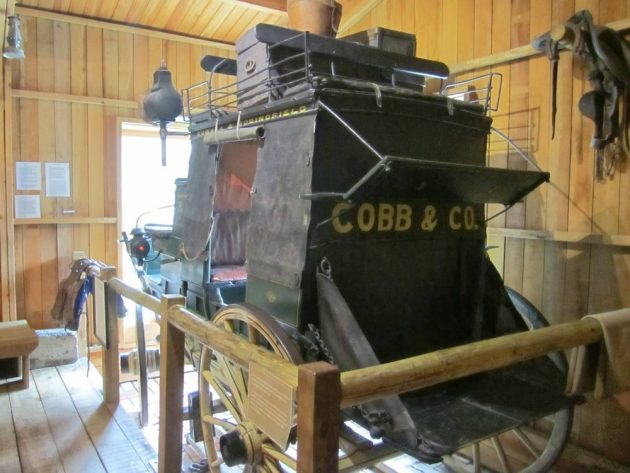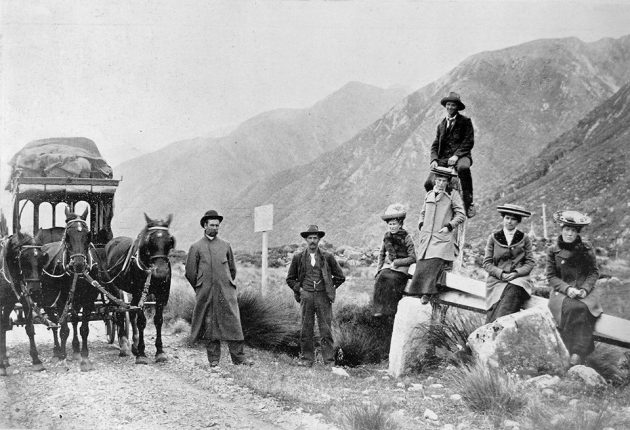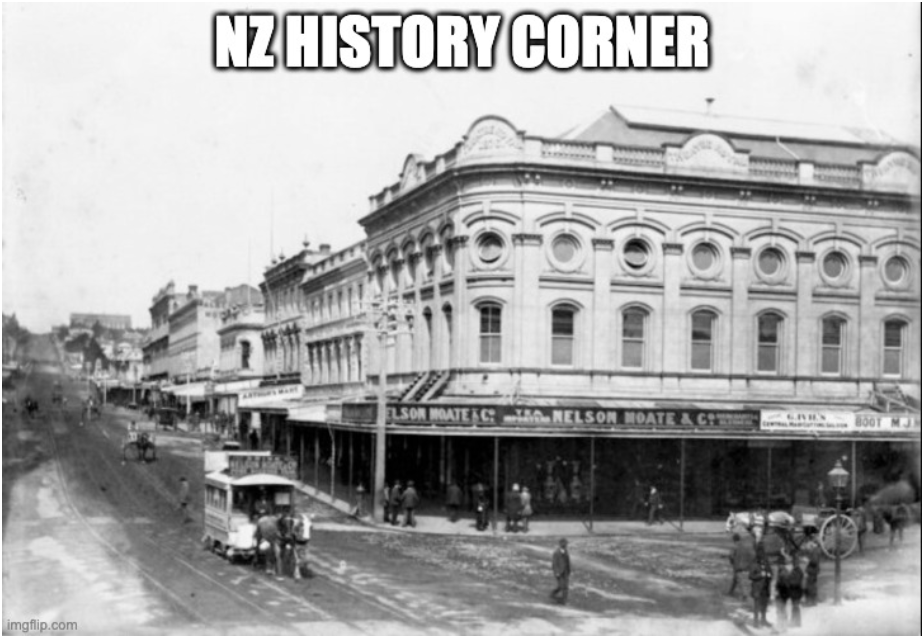Admin We3
I enjoyed yesterday’s article Arthur’s Pass No Picnic although I wish it was longer. I was born and raised in Hokitika. There is some variation in the reason why Hokitika got its name but essentially it was named by a war party from Nga Tahu who had travelled across the Alps to attack a tribe in Hokitika. The motivation was to secure that tribe’s source of Greenstone (Nephrite Jade).
Both the Hokitika and Arahura Rivers are the sources of easily found jade. Indeed as kids, we used to look for it. Being Pakeha, that got a little more difficult when Maori were given ownership of the Arahura source.
Their Chief was killed in the ensuing battle and so the attacking party retreated home. The name means – “correct return” or “return home.” The Maori trail back to Canterbury was to follow either the Arahura or Hokitika towards their head waters and where they get close, you will find Lake Kaniere, and at the southern end, the Styx river. You follow the Styx river and then follow the trail which is called the Three Pass trip – the Harman, Whitehorn and Browning passes. They take you to the headwaters of the Waimakariri River which you can then follow all the way to Christchurch.
Dobson didn’t follow the Maori path completely but, heading west, he hung a right and discovered the pass now named after him – Arthur’s Pass. Traversing this pass takes you to the Taramakau river which flows west and into the sea midway between Hokitika and Greymouth. If you were walking, the Three Pass route is far quicker. As a young tramper and Boy Scout the Three Pass trip was always on the have to do list.

Your article mentions Cobb and Co. coaches. I can attest to their robustness. My father owned one of the coaches that used to go over Arthurs Pass and it sat in the front window of his panel beating business for years. As a kid I would play in it for hours with friends pretending to ride shotgun. It was drawn by horses for one of the last times during the Hokitika Centenary. Dad donated it to the Hokitika museum where it still is today. He was angry though when the museum repainted it with gloss enamel paint rather than preserving the original paint which was in good condition.
I remember a funny story about my Grandmother. She had travelled over the pass in a Cobb and & Co. coach as a young girl. The coach service stopped in 1923 when the Otira rail tunnel was opened. From that point on her trips to see relatives in Canterbury were by train. My Granddad was a steam engine driver and at one stage Station Master in Greymouth. Later in life she used to fly out of Hokitika on the NAC DC3 service and later on, the Air NZ Friendship service. On one occasion she flew to Christchurch for surgery. When she recovered my Dad and I drove to Christchurch over Arthurs Pass to bring her home. It took an immense amount of persuasion to get her to travel by road. We couldn’t work out why until it became apparent that she still had terrifying memories of those Coach trips per-1923.

Speaking of flying between Hokitika and Christchurch. I learnt to fly light aircraft at Hokitika Airport and did a couple of trips from there to Christchurch. When you take off and turn towards the Alps you aim your plane for a noticeable gap in the mountains, which is none other than the old Maori trail over the three passes.
I remember in the ’60s when television was first broadcast in New Zealand. It was discovered that, through a quirk in geography, a receiver built by a local electrician put on top of the Hokitika town hall could get a signal from the Sugarloaf transmission tower on the Port Hills in Christchurch. I have memories as a very young child, of watching black and white TV with other locals in that hall. Yes, you guessed it, that signal line traversed the three pass Maori trail!
If you enjoyed this BFD article please consider sharing it with your friends.

